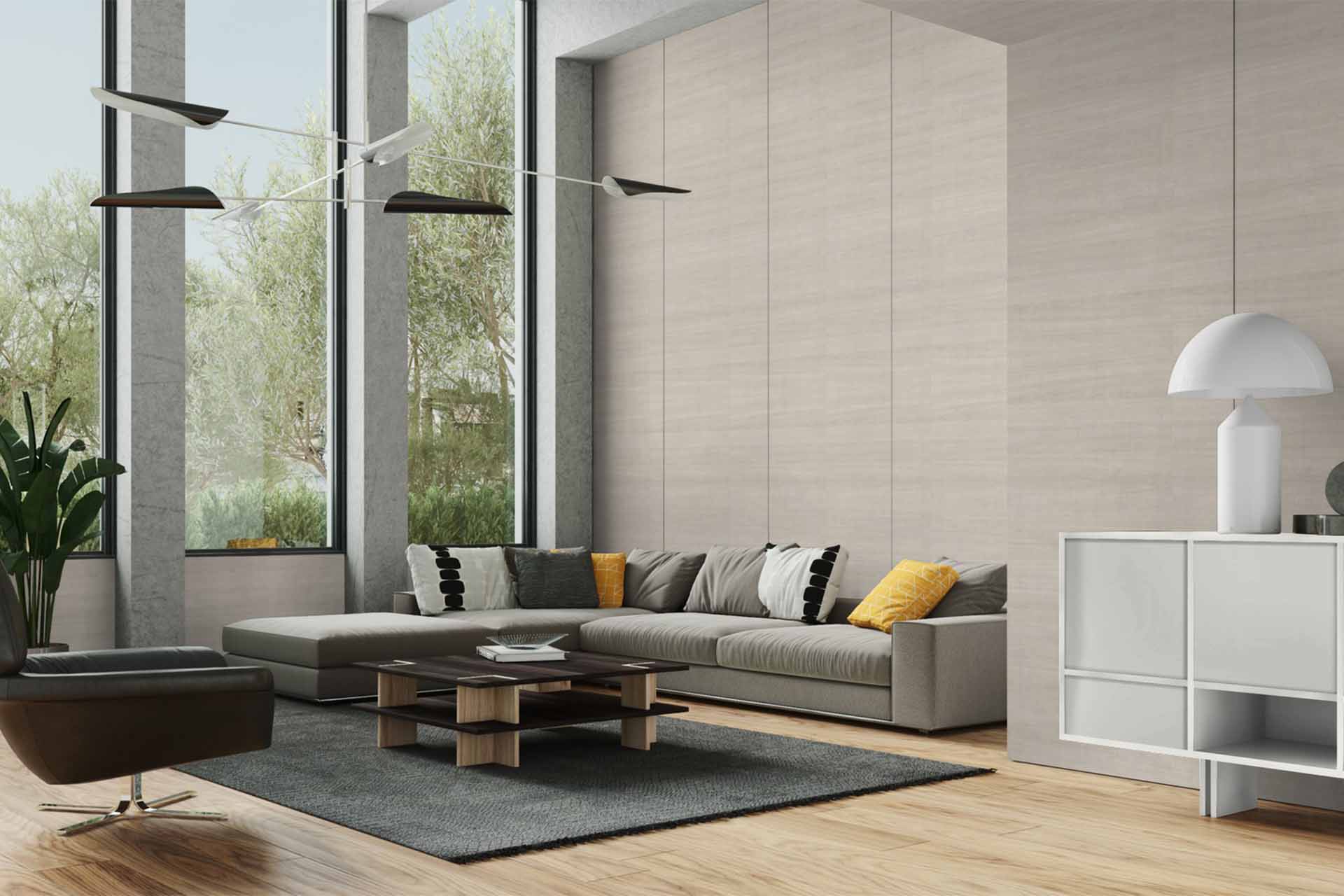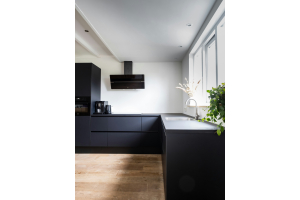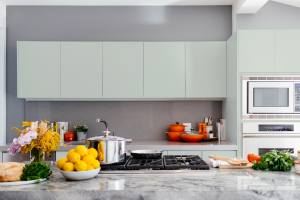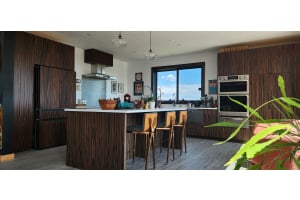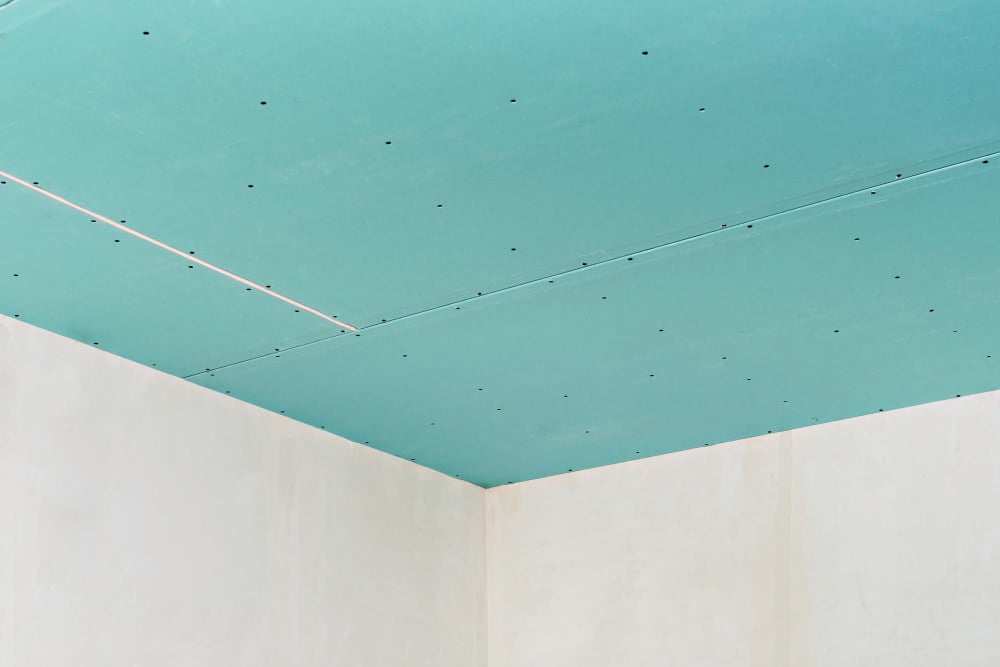
Wall panels are more than just versatile and aesthetically pleasing. They are also practical! They come in many great stylistic choices if you are looking to find out how to panel an uneven wall or conceal blemishes, and they make it easy to freshen up your home on a budget.
Another added bonus of paneling is that it can be used on ceilings, as well. They provide a unique and eye-catching design element that is fresh and aesthetic. However, there are some pros and cons that accompany this stylistic choice.
THE PROS OF USING WALL PANELS ON CEILINGS
LIGHTWEIGHT DESIGNS
Sure, there are limitations to the type of panels that you can use on your ceiling, but that’s not a bad thing. The lighter the material, the safer it is to use on the ceiling. One ceiling-friendly material is PVC, a lightweight material that is safe and suitable for ceiling placement.
So, how is its lightweight design an advantage? For one, lightweight panels are easier to move around. The ceiling is not an easy place to reach or work on. Add to the mix a heavy panel and you most likely will find yourself struggling. Lightweight panels, on the other hand, allow for easy installation, which helps make the entire process a breeze!
HIGH-QUALITY APPEARANCE
It is worth calling out the luxurious look and feel that adding panels to a ceiling brings to a room. There is something so striking about having a textured panel on the ceiling.
THE CONS OF USING WALL PANELS ON CEILINGS
LIMITED CHOICES
While there is a multitude of different designs and styles that you can select when it comes to wall panels, there are fewer options for a ceiling installation. Some panels are heavier than others, and while the heavier ones might be suitable for walls, they might not all be practical for placement on the ceiling. Think of this as a safety concern more than anything else–a heavier panel is more likely to come apart and fall off the ceiling.
If you are looking to use a wall panel on your ceiling, opt for panels made just for that purpose. These include lightweight panels made out of vinyl, PVC, and foam.
DIFFERENT TOOLS AND MATERIALS MAY BE NEEDED
While you can get away with using some of the same tools that you would for wall placements, you will need to secure a ladder and a stronger adhesive for a ceiling installation. The adhesive needs to be able to attach the panels to your ceiling effectively and securely to prevent them from falling off.
When it comes to renovating your home, wall panels are a great decor choice for almost any project. It might be a surprise to know that wall panels were widely popular in late-twentieth-century traditional homes. Some older homes still have old and outdated panels that leave new homeowners wondering how to cover up the old wall paneling.
Still, many of these homeowners are still open to the idea of updated wall panels in some shape or form. Who can blame them? For starters, wall panels are incredibly versatile. Whether you are looking to install veneer wall panels or metal panels, you have a wide selection of materials, colors, and patterns to choose from. This allows you to design your home to your own personal taste and preference.
IN CONCLUSION
If you are considering placing wall panels on a ceiling in one of the rooms in your home, carefully consider the advantages and disadvantages of doing so. Even better, call one of the experts at 27EStore to get professional advice and decide if this is the right move for you–we’ll have all the materials you need, as well!

